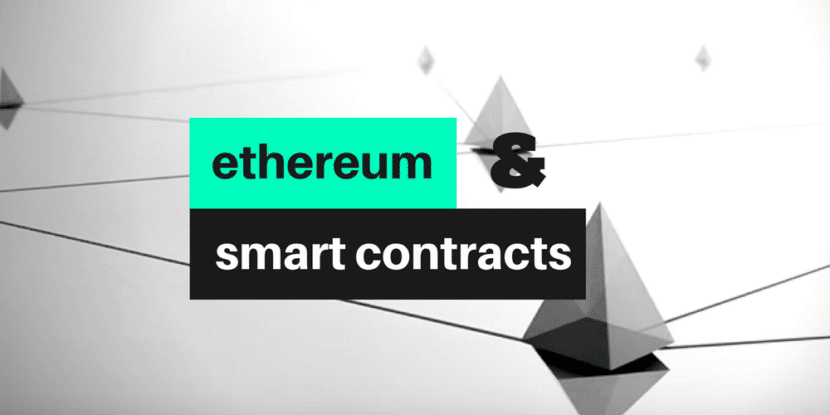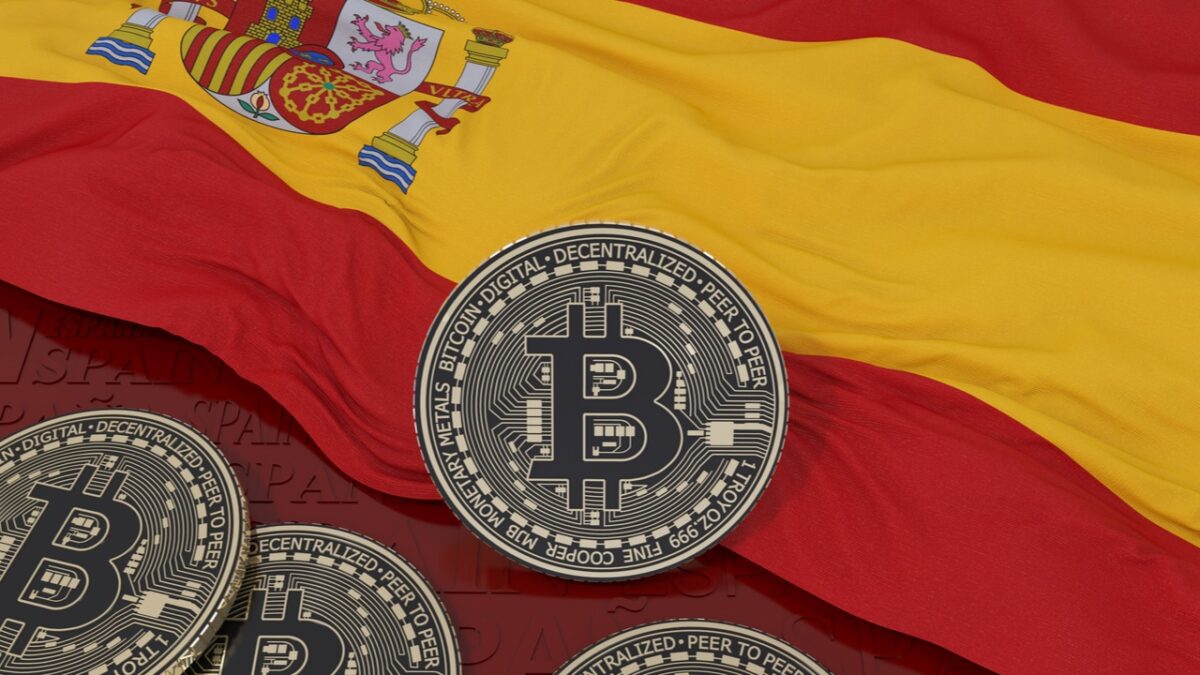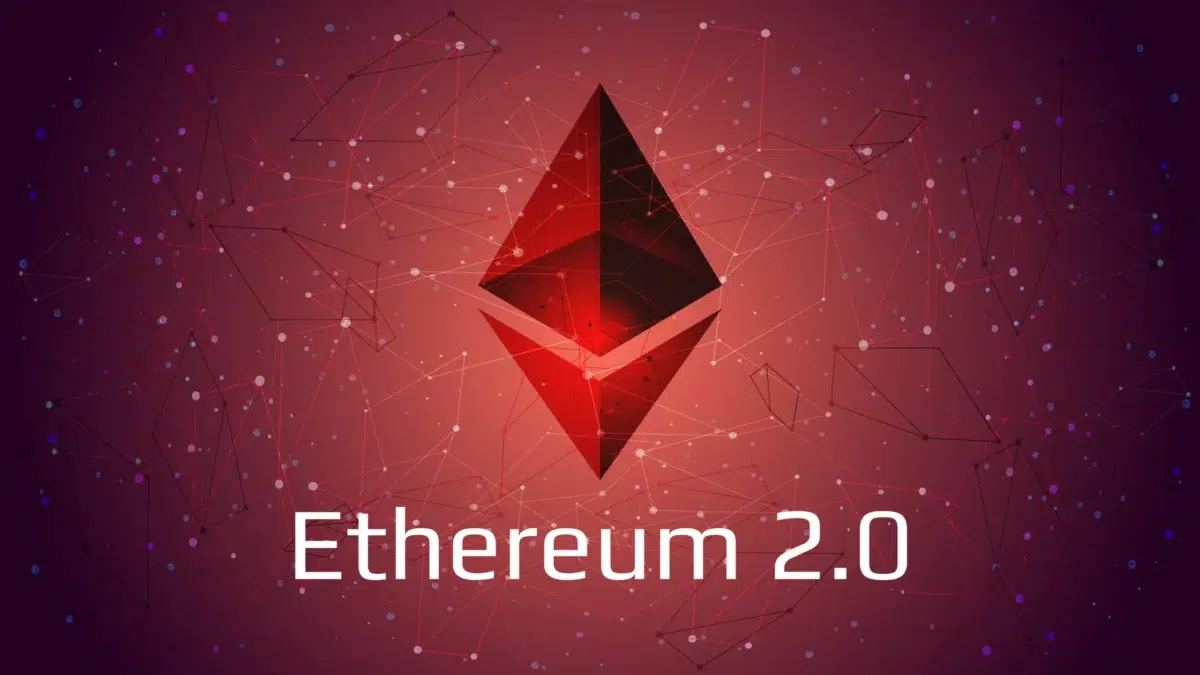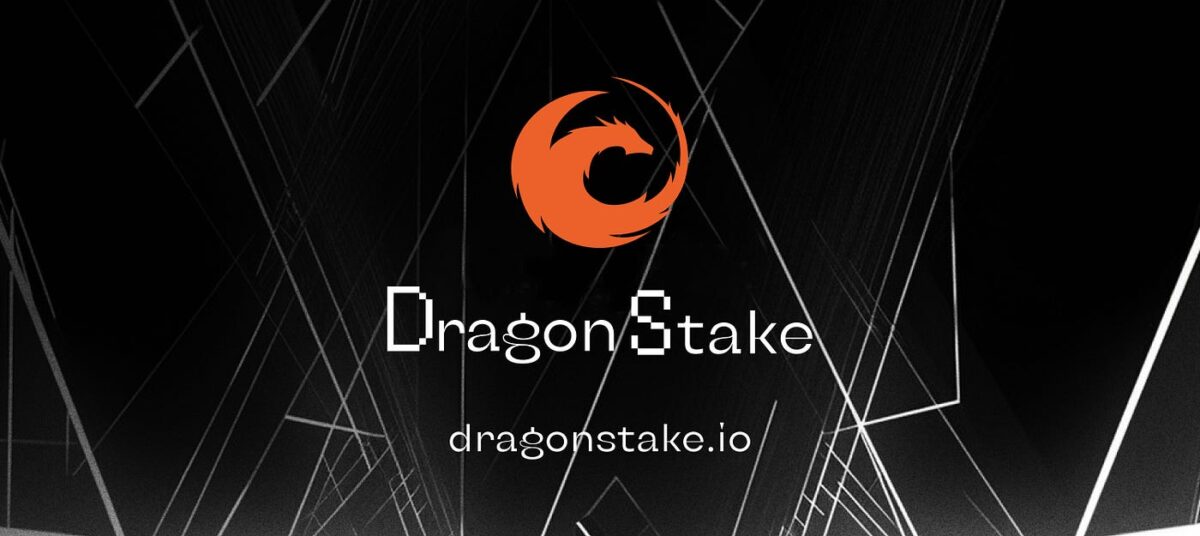When we were beginning to understand and get the hang of Bitcoin, creativity around the Blockchain explodes and a lot of fascinating ideas appear ready to extend its possibilities and become an inextricable part of our lives. By introducing more or less ingenious variants into the Bitcoin code, other interesting cryptocurrencies had already been created: Litecoin, Dash, Monero... But Ethereum has also marked a before and after starting from its official launch in 2015. It seems like a very short time yet, but things are moving very fast, they are rushing and, in the case of Ethereum, they are consolidating. It is even claimed that Ethereum will end up stealing the crown from Bitcoin. Therefore, without further ado, it is worth knowing a little more thoroughly.
The idea of a 17-year-old boy
Vitalik Buterin, without a doubt, he has been a precocious creator. At the age of 17, apart from playing World of Warcraft, he was already a recognized collaborator in the development of Bitcoin and had co-founded Bitcoin Magazine. Two years later he produced the Whitepaper initial of what would be the Ethereum platform, based on the Blockchain but with the capacity to do many more things than simple cryptocurrency transactions.
In 2014, together with two development partners, they launched a financing campaign selling the Ether token that is the basis of the platform in what would be the first ICO, Initial Coin Offering or Initial Coin Offering. They raised about $ 18 million and in 2015 they released the first version of Ethereum. Since then there are hundreds of programmers involved in its development.
Despite the short time since its launch, the road has not always been easy. In 2016 the platform suffered a token theft valued at close to 50 million dollars but they solved the problem through a fork in the blockchain (hard fork) that gave rise to the appearance of two different tokens or coins that went their own way: Ethereum (ETH) and Ethereum Classic ( ETC). It should be said that to resolve the conflict and make the decision to make that hard fork, all the people who had tokens were able to vote using the platform itself.
Ethereum has continued to prosper exponentially and ETH is today one of the big stars that promise a bright future for Blockchain technology.. It is the second in market capitalization, around $80 billion, somewhat behind Bitcoin but steadily approaching it.
How are Bitcoin and Ethereum different?
Technically they seem similar since both are based on Blockchain technology, however the differences are definitely important.
Bitcoin is basically a cryptocurrency whose purpose is identical to any other trust-based currency. That is, Bitcoin serves to transfer value and with it acquire goods and services. In other words, what has been said, it is a (decentralized) currency.
EthereumHowever, it is much more. It is a decentralized platform with a cryptocurrency (Ether). Not only can it be used as currency, but small pieces of code or smart contracts can be executed with total reliability, so its possibilities go far beyond mere monetary issues. That is, Ethereum is a blockchain on which anyone can program things or introduce small programs into it.
Other differences are structural. For example, the total amount of Bitcoin that will be in circulation is 21 million while Ether will have a circulating mass of just over 90 million. Currently there are about 3 million Bitcoin to be mined while approximately in the year 2021 only about 45 million Ether will have been created.
On the other hand, the blocks in the Bitcoin Blockchain are created every 10 minutes while in Ethereum the creation of a block takes about 12 seconds which makes the transactions much faster.
The nodes of the Bitcoin network store an entire copy of the "ledger" or Blockchain. The nodes of the Ethereum network not only do this but also they also keep a history of smart contracts as well as the most recent status of those contracts. To execute such smart contracts, the Ethereum nodes make up a gigantic virtual machine (EVM) capable of compiling and executing code written in a simple and particular language called bytecode. These programs that anyone can dump on the Blockchain are extremely simple; It is not about extremely complex algorithms but rather simple code structures that basically say "if this happens, I do this and if this happens, then I do this other thing." These programs could be run on any computer or even a modern phone without any complications. The grace of Ethereum is, therefore, that they are executed in a virtual machine associated with a Blockchain and thus become "smart contracts" or a code that is executed in a transparent, immutable and unalterable way, which avoids human errors and manipulations . All parties who are aware of the virtual contract can have absolute peace of mind that it will be executed according to the previously agreed rules.
Understanding concepts
Ethereum is a Blockchain-based platform and uses a cryptocurrency that is Ether (ETH). Every time you want to enter something in a block, it is necessary to pay, as in Bitcoin transactions, a commission in ETH. Why is it necessary to pay a commission? Simply because it is the incentive that those who provide the computers that support the network have. If there were no such incentive, surely only a few fans would contribute to creating the network and scalability would be unfeasible. It is true that there are cryptocurrencies whose transactions are very small but then the incentive is another. An example is Digibyte, where the incentive may be that in the future it will be the most used cryptocurrency due to its speed and its usefulness in matters of micropayments. Other, Faircoin, whose incentive is in the objectives of the activist community that supports it.
In Bitcoin, the commission to be paid depends on the size of the transaction (not the amount but the size in bytes it occupies, which depends on how divided the coins are between different addresses of a wallet). In Ethereum it also depends on the size of the transaction; That is, it will be cheaper if the program you are trying to introduce is well optimized from the point of view of its coding. In this sense, it is encouraged that the smart contracts that are introduced do not contain useless code; That is, they should be simplified as much as possible.
In Ethereum there is one more concept to take into account. Look, if you introduce a program or smart contract on the Blockchain, you pay a commission for doing so. But, from there, we have a program that will run for a while. It may be once, or it may be that that program needs to be run more times or for a longer time. Like any machinery, it will need a source of energy to function. Here that source of energy is called GAS. Therefore, to avoid badly constructed code or malicious code that pretends to run indefinitely, it is necessary to establish a limit measured in points or computational steps. Each step of an algorithm requires approximately 1 GAS or some more if it involves more computational power or more data to be stored, which is not the same to calculate 3 × 4 than the square roots of a sequence of spiky primes. It's a saying; then we will see some more concrete and useful smart contract ideas. Ultimately, the necessary GAS calculation includes these parameters and about 5 GAS for each byte that needs to be transacted.
Therefore, Ethereum is well protected against malicious attacks (they would be quite expensive) and at the same time provides sufficient incentives for the network of computers that support its Blockchain and the operations that will be carried out in it.
More advantages of Ethereum
With Ethereum anyone can create new tokens that serve as currency or shares to finance projects. Smart contracts can be created that will work as intended without the involvement of third parties. Voting systems and forms of virtual governance can be created in which there is no doubt about your trust. Ways to guarantee identities or reputation systems can be enabled that cannot be artificially altered. Fund custody systems that are only released when certain requirements have been met; for example, securely exchanging currencies or securities without having to be trusted by a trusted third party. The possibilities are virtually endless.
Examples of smart contracts
There are so many things that can be invented around Ethereum that it is difficult to summarize them all in a few lines. I am going to imagine some types of smart contracts that are perfectly possible today.
- Suppose I buy something online and the seller wants to guarantee that I will receive it in 2 days. The seller can implement a smart contract on the Ethereum Blockchain in such a way that I pay X for the shipping costs. The carrier is linked to this smart contract and when I sign the receipt according to which the goods have arrived, the data is transferred to the Blockchain. If it has reached me within the deadline, X is delivered to the seller. If it took longer, you receive XY (where Y is an agreed discount) and the rest returns to me. Or, simply, I will be back in possession of what I paid for the shipping costs if the deadline has not been met. Maybe it takes longer to explain than it does. This would be just a few lines of code and everyone would see in this an incentive to order from that seller.
- A smart contract can be established at any level, even between two people. If I bet with you X money that a football team wins the game, it is easy to connect this contract to the results published by a website dedicated to showing them. If my team wins, my Ether and the ones my friend bet will be controlled by me. If the opposite happens, my friend takes them. Translating this to an online betting company, the degree of reliability and trust skyrockets because no one can alter that contract.
- To manage the funds of a community, these funds will be usable only if a certain percentage of members reach an agreement or consensus.
- We could create a Decentralized Autonomous Organization (DAO), a type of organization based on precise rules that would take effect when certain conditions were met, without human intervention. In addition to the idea that I have exposed in point 3 there are many other possibilities such as that certain funds are used in one way or another if a certain amount is collected or that a proportional distribution of funds is carried out periodically. Even that purchases of raw materials are made automatically based on sales or stock in a warehouse.
Will the Ethereum Blockchain be able to sustain its growth?
This is one of the main challenges of any Blockchain. Bitcoin has already found itself face to face with this issue and it is what has motivated many people to create new variants of the cryptocurrency with specific characteristics that aim to solve the problem of its long-term sustainability. The Ethereum roadmap has solutions planned for this matter but, like all things that have yet to be done, it always raises questions about its effectiveness. For example, if a new block is created every 12 seconds, we can ask ourselves if in a few more years a computer that acts as a node will have enough space to house a copy of the entire Blockchain or if it will only be possible for organizations or companies with powerful resources with what the basic idea of decentralization would gradually lose weight. A possible solution would be that the nodes do not have to store it in its entirety in a way that has been called database sharding. In this case, the validations of the transactions would occur between trusted nodes that, as a whole, had a copy of the entire Blockchain, although each of them would have only one part. Logically, it also requires solutions that make it possible to guarantee the reliability of said nodes. Etherum has a way to achieve such reliability. On the other hand a layered Blockchain or Lightning Network is also being developed Of which we will speak numerous times in this blog by the relevance that is taking in these moments and the expansion of possibilities that it supposes.
Ultimately, the creators of Ethereum are seriously working on scaling methods that allow to increase the number of transactions per second and, therefore, to adapt to the excessive growth that we sense for this technology that has just been born and is already changing the world.
Ethereum to Bitcoin's slipstream
Ether (ETH) is already used as a reference in the cryptocurrency exchange. Although the usual thing, still, is that Bitcoin is the reference, many exchange houses (Exchanges) also use ETH. This means that you can acquire other cryptocurrencies in exchange for ETH and not necessarily Bitcoin. In the "penultimate" crisis or fall of Bitcoin, Ether has remained stronger and there is a clear tendency to prefer them even though Bitcoin is considered the mother of all and the referential "brand". The world of cryptocurrencies unfolds in a wide range of possibilities that, as we have seen, go far beyond their mere function of currencies or means of exchange and store of value. Many people prefer to invest now in ETH rather than in BTC, precisely because the great possibilities of the former suggest that their future is much more solid. Bitcoin has almost become a kind of digital gold; it has value and most likely that value will continue to increase over time. But you don't expect more than that from digital gold bars. But With a functional technology like the one Ethereum is developing, many interesting things can be built which further underpins its value.. To be objective, I must also express the opposite point of view here: there are people who see in Bitcoin a technology that works well for what is intended and therefore is a safe bet while Ethereum, with so many possibilities of use, could be more susceptible to find yourself with a problem that is difficult to solve and that will end all your expectations. It is not easy to offer an incontrovertible opinion on this. That would already enter the field of fortune-tellers and, at the moment, I am not clear that the future is really guessable. It is part of its charm.
How do you get Ether?
In the same way that Bitcoin can be bought in many exchange houses that accept fiat currency (euros, dollars ...) and also in exchange for other cryptocurrencies. Of course, like other currencies, they can be obtained in exchange for goods or services. That is, you can accept to receive payments (or donations) in Ether the same as in Bitcoin or another currency. Incorporating cryptocurrencies into your economic or work life is no longer a matter reserved for weird people who spend all day in front of a computer doing things that other human creatures do not do. Rather, it is deciding to be part of progress and new technologies rather than always thinking that "any time in the past was better."















